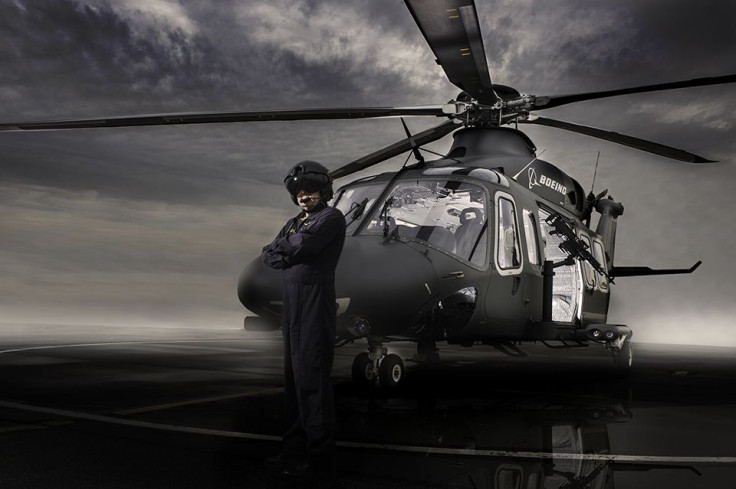USAF's New Ballistic Missile Security Chopper: How MH-139A 'Grey Wolf' Will Be Deployed?

KEY POINTS
- Boeing won the $2.38 billion contract in September 2018
- The MH-139A will replace an aging fleet of helicopters and provide a multi-role aircraft
- USAF will have four of the helicopters by February 2020.
The U.S. Air Force is ready for a new addition to its growing fleet of aircraft; this time it's a helicopter. The Boeing MH-139A, dubbed as Grey Wolf, is a multi-mission ready-to-attack helicopter modeled to the commercial success of the AW-139 airframe. The Grey Wolf is set to protect intercontinental ballistic missile sites for the U.S. military.
The helicopters can also be used as an alternative for transporting troops from one location to another. The USAF has a lot in mind for this aircraft, which will be primarily deployed in Montana and North Dakota as well as Wyoming; the U.S. has most of its active continental based missiles on these areas. The new aircraft is suggested to be cost-effective and versatile.
The 2.38 billion dollar contract was awarded to Boeing in September of 2018, and they have been working steadfastly on preparing the choppers for testing. The time has come to see what this aircraft can really do. The USAF is scheduled to receive four of the helicopters by February 2020. The Grey Wolf is expected to replace the aging fleet of UH-1 helicopters that the USAF currently uses. By the end of the contract, the military plans to have 84 of these helicopters.
The USAF is currently service testing the helicopter and took delivery of the very first one on Dec. 19 at the Eglin Airforce Base in Florida, where it was aptly named “Grey Wolf,” as announced by General Timothy Ray, Flight Global reported.
While the primary mission of the helicopter is to defend the missile sites, the Air Force also intends to use it to assist in capital region missions, survival school and test support flights as well as civil search and rescue. So the new airframe definitely has its work cut out for it; the aircraft will also be used for airlift support, meaning there will be very little downtime for the aircraft and its aircrews.
© Copyright IBTimes 2025. All rights reserved.






















